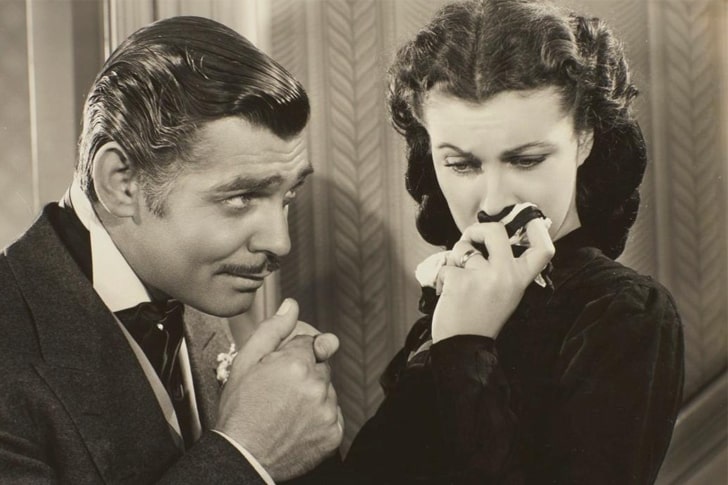The 1939 movie Gone with the Wind remains a favorite classic for most of us, and it’s revered for its production quality as much as the whirlwind it was. Producer David O. Selznick was determined to find the right Scarlett and have actor Clark Gable take up the character of Rhett Butler. It also went through a change of director and numerous script revisions.
The production had several setbacks and the film was released two years later than originally planned. Regardless, eight decades later and we are still talking about one of the greatest full movies ever made. Let’s revisit some of the least known facts about the film in time for its 80th anniversary.
Vivien Leigh Nearly Lost The Role Of Scarlett Because Of Her Accent
When Gone with the Wind premiered in 1939, it gained positive reviews. The casting received the bulk of the praise, with most reviewers agreeing that English actress Vivian Leigh suited her role. Leigh ultimately beat about 1.4K women who tried out for the part.
Leigh maintained her quintessential English accent when she read for the role during a screen test. Her enunciations and regal speech were worlds apart from how the character Scarlett spoke. It nearly cost her the part, but she ultimately landed the role. Some of the other actresses considered for the part include Tallulah Bankhead, Joan Crawford, and Katharine Hepburn.
1.4 Thousand Hopefuls Tried Out For The Role Of Scarlett
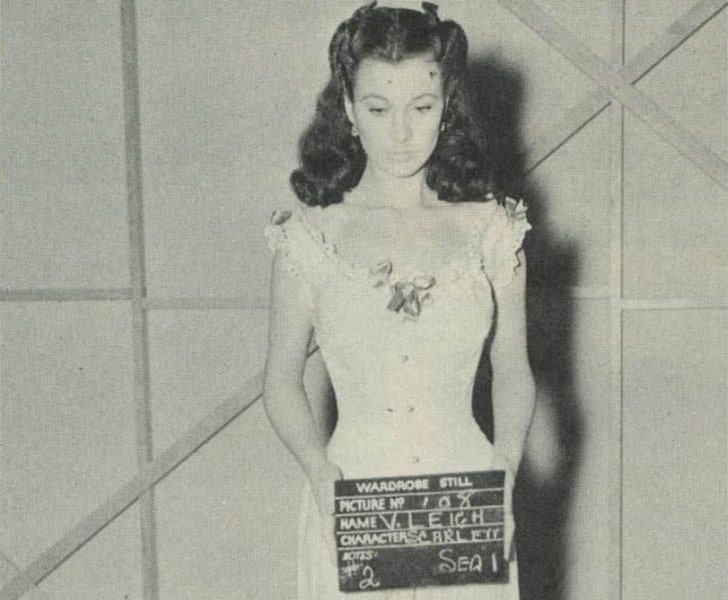
Talking about the audition process, it proved futile because none of the 1.4K women who tried out for the part made the cut. Selznik, who made the casting call that attracted unknowns, didn’t feel like any of them fit the bill.
The process is said to have cost an estimated $100K, which is quite a lot of money even by today’s standards. While Selznik didn’t find his leading woman from the process, it ended up creating priceless publicity for the film. The audition tapes still exist, and it’s quite interesting watching the hopefuls’ interpretation of the role of the fictional southern belle.
The Film Was The Second-Most Expensive Of Its Time
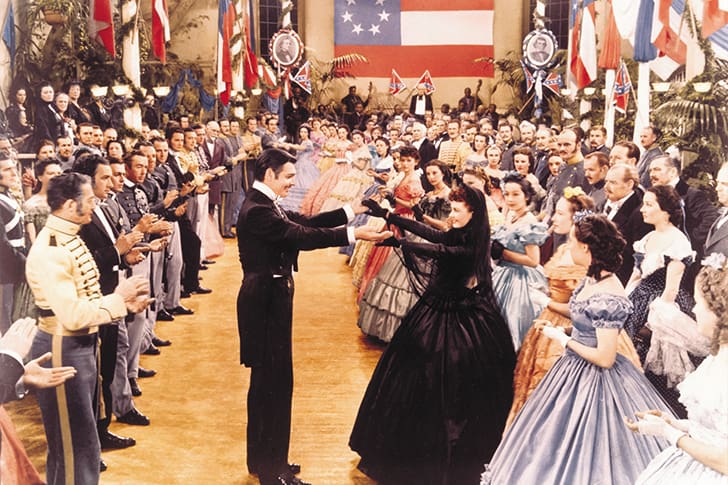
Estimates suggest that $3.5 million went into the production of the film, which made it the second-most expensive at that time. It just fell behind the 1925 silent film Ben Hur, which had the highest production tab that went up to $4.5 million. The 1930 aviation epic Hell’s Angels ranked third on the list with production accounts showing that it cost $2.8 million. However, Time had erroneously reported the production tab as $4 million.
The movie's $3.5 million budget is estimated to be worth about $66 million today, which would have been considered as a low-budget production by current standards. The film’s length took up the bulk of the film’s expenditure
One Of The Film's Iconic Lines Created Some Controversy
![]()
Widespread rumors claimed that Selznick had to part with $5K as a fine for including the word "damn" in the film, as it was banned by the Motion Picture Association (MPAA). However, the rule prohibiting the use of "damn" and "hell" was already amended just over a month before the film’s release.
The amendment permitted the use of the words if deemed essential in cases where historical context is depicted or in the case where the dialogue quotes literary work. Therefore, the line made it to the film with no objections from the MPAA.
A Statewide Holiday Marked The Premiere Of The Film In Georgia
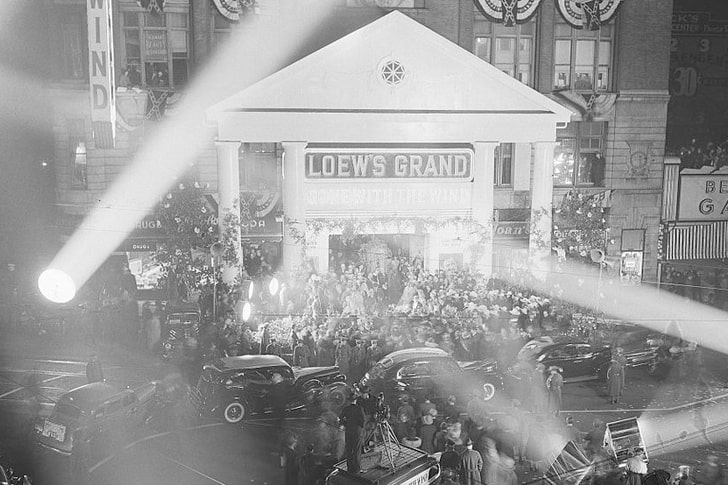
An estimated 300K people turned up for the December 15 premiere held at the DeGive Grand Opera House, now known as Loew’s Grand Theater. The premiere ended up being a three-day event with festivities that included a luxury car parade, a costume ball, and receptions.
The then-mayor of Atlanta, William B. Hartsfield, hosted the festivities and called a statewide holiday to mark the premiere in Georgia. All the stars of the film attended the event except for Victor Fleming and Leslie Howard who chose to skip out on the premiere. Fleming had a falling out with Selznick, while Howard returned to England in the wake of World War II.
The African-American Stars Weren't Allowed To Attend The Film's Premiere
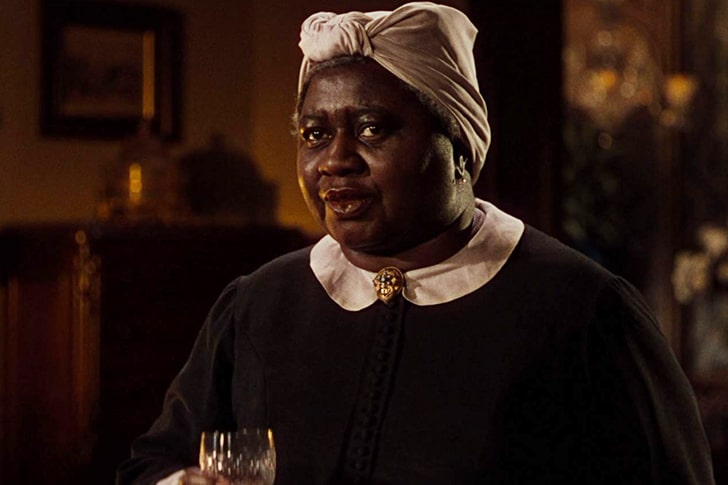
A sad history related to the film is that the black actors who appeared in Gone with the Wind were not permitted to attend its premiere. Segregation hadn’t ended yet at that time, and it would be another 15 years before the injustice came to an end.
The producers are said to have discouraged the black stars from attending the premieres for their well-being; saying that it wouldn’t have been safe for them. The African-American actors who starred in the film include Eddie Anderson, Hattie McDaniel, Oscar Polk, and Butterfly McQueen.
McDaniel Made History By Becoming The First African-American Oscar Winner
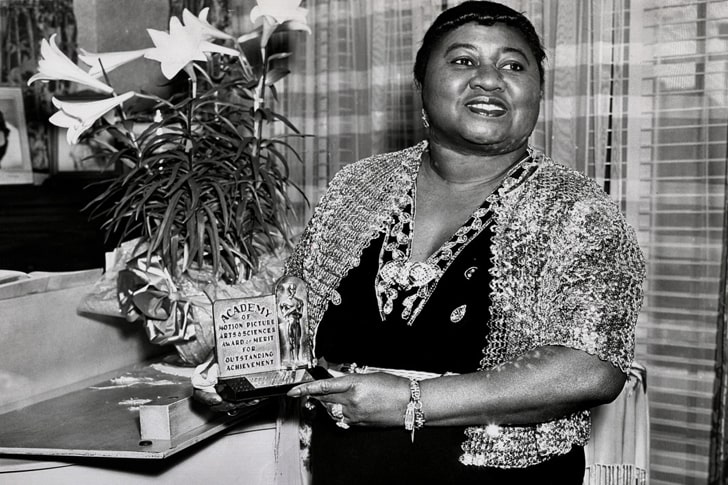
Actress Hattie McDaniel, who portrayed the role of Mammy, was praised for her exemplary performance. In fact, critics said that she delivered the second-best performance after leading lady Vivian Leigh. In fact, when fellow actor Clark Gable heard that she couldn’t attend the premiere, he threatened to boycott it.
McDaniel persuaded him not to miss out on the event, and she went ahead to break records of her own. She became the first African-American to take home an Oscar win during the 1940 Academy Awards. Even then, she and her escort reportedly had to sit at a table at the back when they attended the ceremony at the Ambassador Hotel in Los Angeles.
The Film Won 10 Out Of 13 Academy Award Nominations
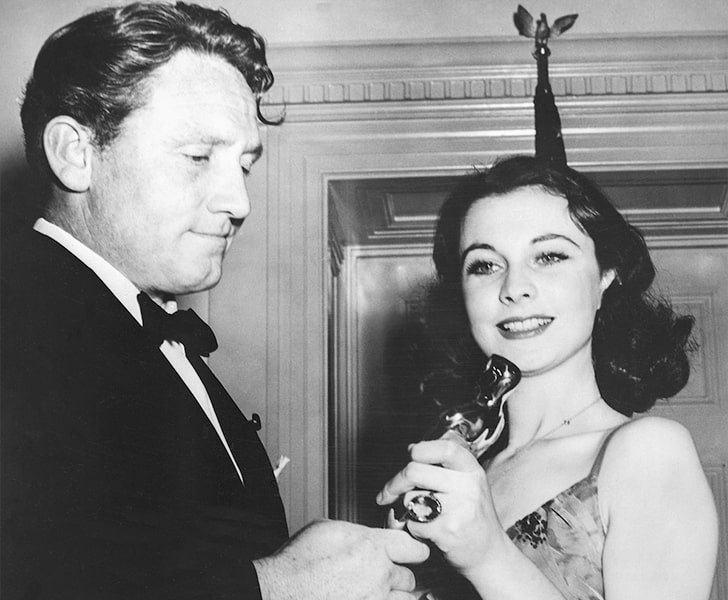
The film proved quite the success during the 12th Academy Awards when it won ten out of its thirteen nominations. The film also set a record for the highest number of nominations and wins at that time. The film’s popularity saw it take in massive earnings and be recognized as the highest earner around the time of its release.
The film went on to hold that record for more than two decades. Its re-release over the 20th century helped it stay ingrained as part of popular culture. The U.S. Library of Congress chose it as one of the films that are up for preservation in the NFR (National Film Registry).
Gable Went Through A Divorce & Eloped During Production
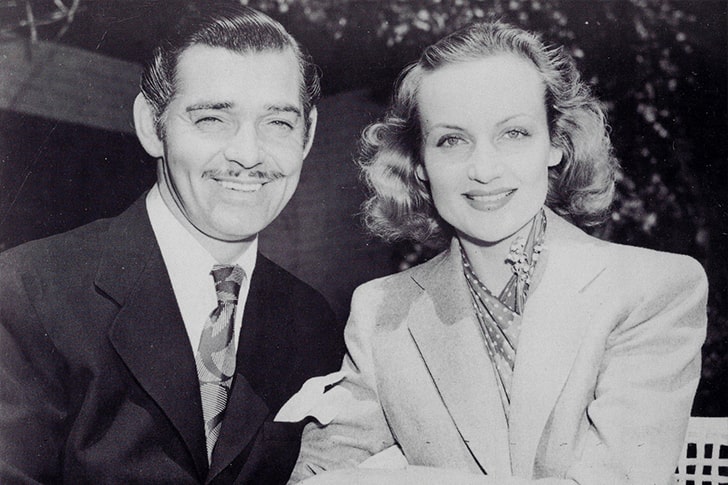
Actor Clark Gable, who portrayed Rhett Butler, had a significantly small part in the film but was heavily promoted as the star of the production. Gable was then married to Texan socialite Maria Langham, and MGM facilitated their divorce during the production.
At that time, he had also started seeing Carole Lombard. Once he officially split with Langham, he eloped with Lombard. They took an opportunity when the production went on a two-day break to elope to Kingman, Arizona. They had a modest reception enjoying coffee and sandwiches at the back of a vehicle.
Director Selznick Razed 20 Old Film Sets To Recreate A Burning Atlanta
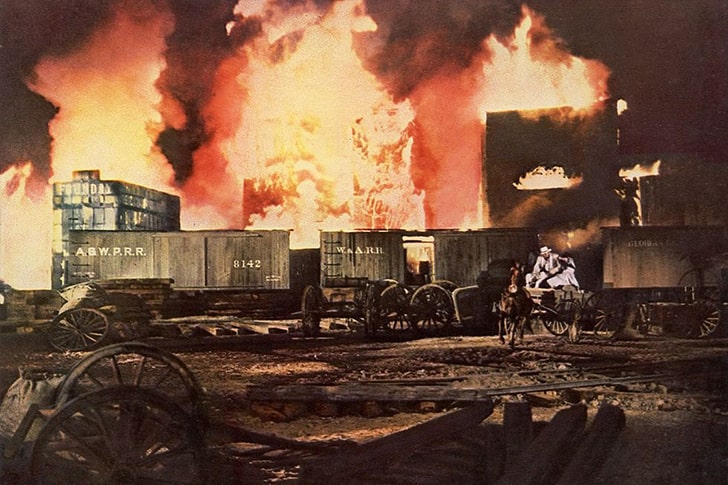
One of the most memorable scenes from the film is the first shot Selznick filmed of a fire razing over Atlanta. They doused 20 old, abandoned film sets staged in the studio’s lot to re-create the cinematically stunning scene. Selznick took it upon himself to operate the controls that set off the explosives.
Amongst the movie sets that were doused with kerosene to spark the fire was one that was used during the filming of the 1933 film King Kong. The scene was so compelling it was included in the trailer.
A Thousand Dummies Were Used For The Train Yard Scene
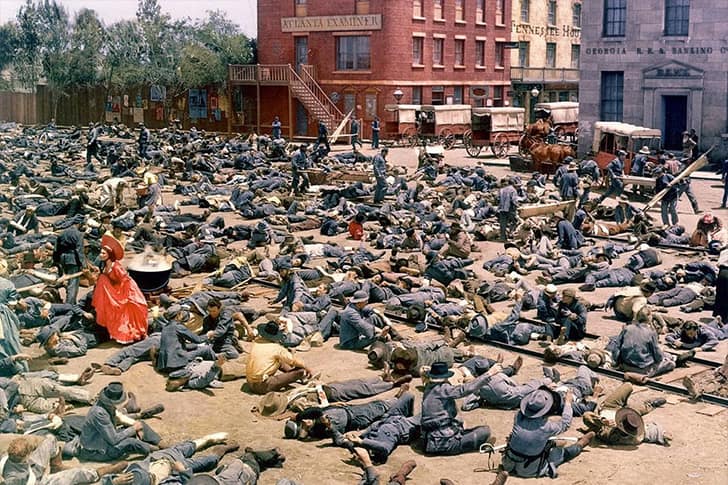
Another scene from the movie that’s quite sobering is the recreation of the aftermath of the Civil War. The Screen Actors Guild didn’t have an extensive list of extras available for the set up at the train yard depicting scores of bodies.
There were actually 950 extras contracted for the scene, and Selznick had a thousand dummies brought in to serve as the wounded and dead after the Battle of Atlanta. Actual extras are the ones who simulated the writhing of limbs by the wounded, while the majority were actually just lifeless dummies. Camera pans and aerial shots made it even more realistic.
Gable's Dentures Got In The Way Of A Romantic Scene
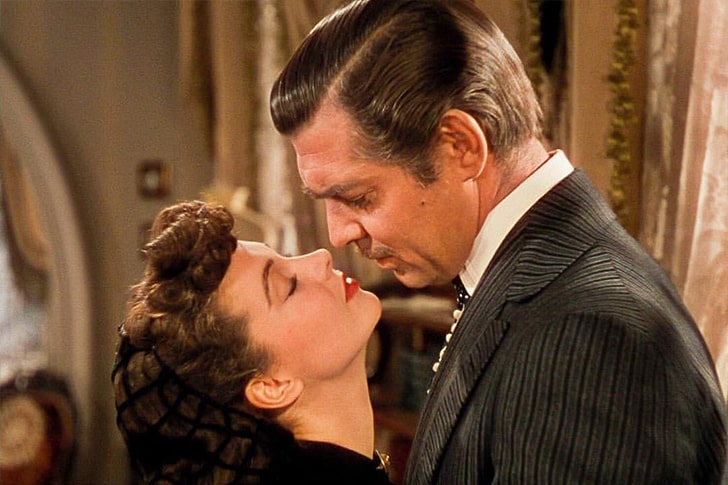
Knowing what Leigh had to go through for the iconic kissing scene will make you rethink its magnificence. The scene spawned one of the film’s iconic lines, and it translated as a passionate exchange between the two characters. Gable relied on dentures at that time as he had contracted an infection.
His gum infection, which happened in 1933, cost Gable all his pearly whites. That’s why he relied on dentures as a form of teeth repair. Leigh reportedly revealed that kissing Gable wasn't as exciting as it appeared, and his dentures smelled awful.
He Threatened To Quit Because Of The Crying Parts
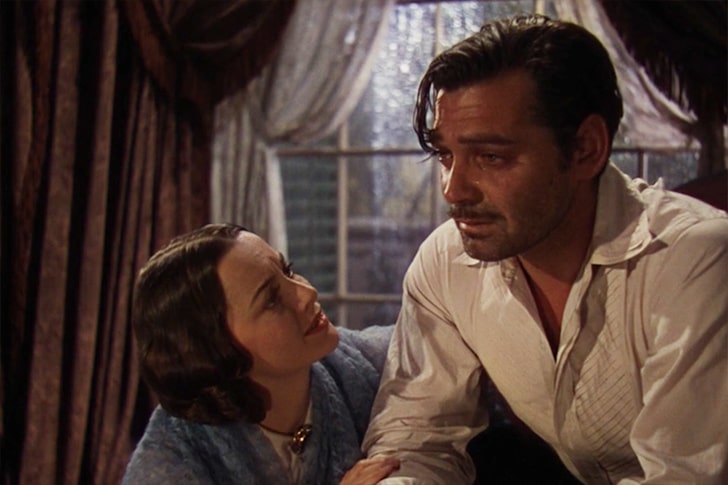
Stars of that time had to live through being typecasted, and Gable feared that portraying the role of Rhett Butler would lock him into similar future roles. He even threatened to walk away from the production after the directors increasingly asked him to cry.
Fleming decided to film the scene showing his reaction to Scarlett losing her pregnancy after falling down the stairs. They had one take that had him displaying his emotions with tears and another where he turned away from the audience’s view solemnly. Ultimately, the scene that had him appear most vulnerable made it to the final cut.
He Expressed A Strong Dislike To The Movie
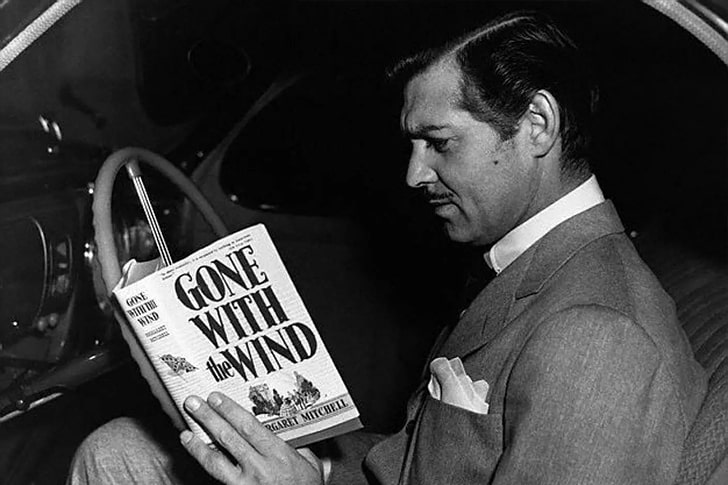
Gable didn’t even enjoy making the film in the first place. Long-standing rumors suggest that he had something to do with Cukor’s departure as the initial director. The claims are that Gable wasn’t comfortable working with Cukor, whom he described as a “woman’s director”.
He felt that Cukor would focus on directing Leigh. Despite his character in the film becoming one of his most famous roles, Gable still called it a “woman’s picture”. Some accounts suggest that Cukor left because he disagreed with Selznick about the pacing of the film as well as the script.
Leslie Howard Hated Playing The Part Of A 21-Year-Old
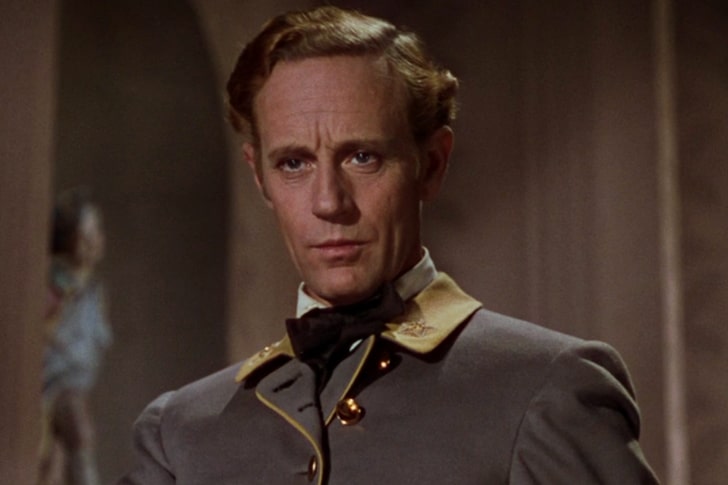
Leslie Howard is amongst the list of stars who can boast passing off for someone who is decades younger, at least he did in the film. Howard was in his 40s when he did the movie, but he portrayed the 21-year-old character, Ashley Wilkes.
Howard allegedly only took up the role after Selznick included a producing credit as part of the package for a future project. Letters he wrote to his daughter had him declaring that he hated the part because of the makeover process involved to make him look younger and more attractive.
George Reeves Kicked Off His Acting Career With A Cameo In The Film
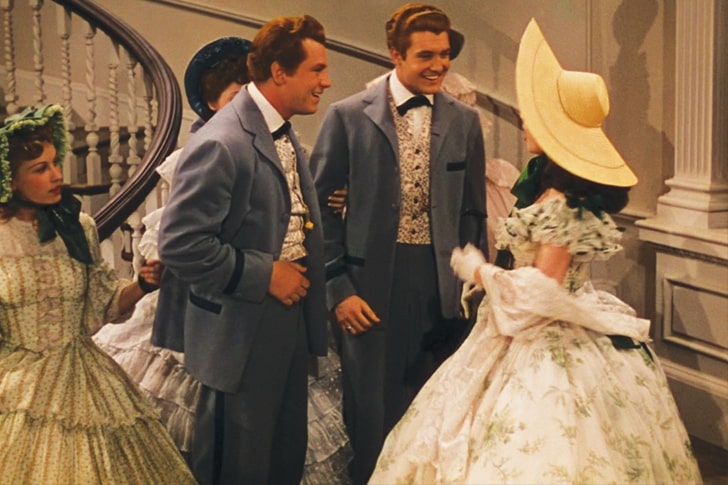
Most of us know George Reeves as the star of The Adventures of Superman. But before that, he had a role in Gone with the Wind. Reeves kicked off his career with the role of Stuart Tarleton, who was one of Scarlett’s suitors. However, the film’s end credits incorrectly credited him as Brent Tarleton.
His role in the film was minor, but he made it in one of the opening scenes as actor Fred Crane’s twin. They both actually dyed their hair to portray the Tarleton twins. Reeves almost didn’t take the role in The Adventures of Superman because, like most other stars, he considered TV work as unimportant.
Tara Plantation Nearly Became The Centerpiece Of An Amusement Park
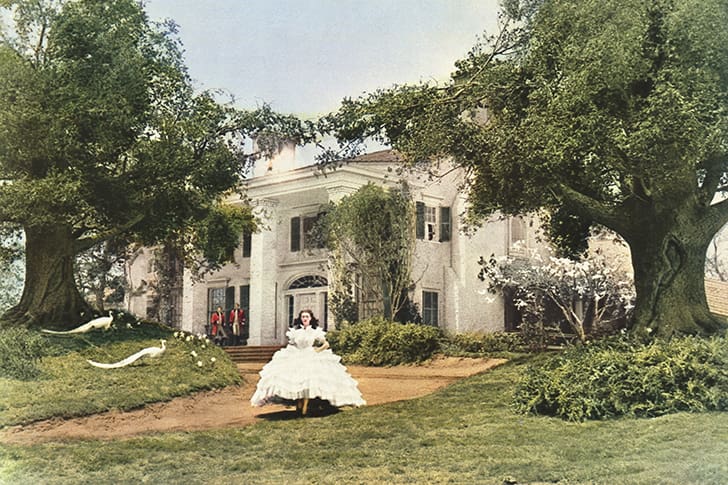
The famous Tara Plantation that took up the back lot of the set stayed in the same location until the 1950s. Southern Attractions then purchased the facade that served as the O’Hara family property. They deconstructed the set and shipped it off to Georgia in a plan to rebuild it as part of an amusement park.
The plans never saw the light of day, and the set became the possession of private owners. As far as anyone knows, it might be tucked somewhere in storage. And after all these years, it’s probably not in the best shape.
Great Friendships Developed On Set
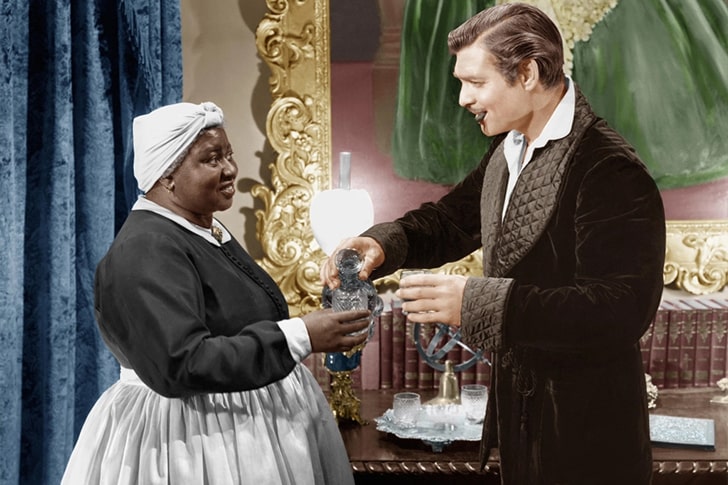
McDaniels and Gable developed a great friendship while filming. He enjoyed making her the subject of pranks on set. For instance, he would replace tea or fake alcohol with the real thing. He did the switcheroo when they were filming a celebratory scene, and it would be priceless to watch the actual reel.
Gable also called Fleming to protest about the segregated signage posted during the film’s premiere when he found out that McDaniels couldn’t attend. The signage was immediately taken down after he almost boycotted the event entirely. The two remained friends and Gable often attended the Hollywood parties McDaniels hosted.
Pay Equality Didn't Exist Back Then (Too)
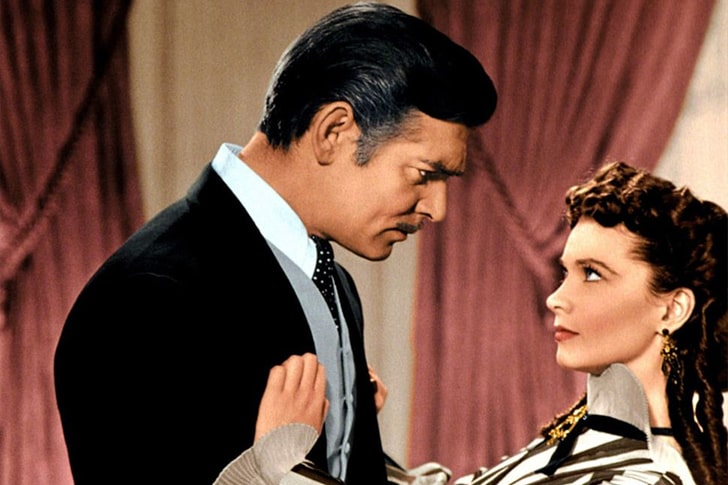
It shouldn’t come as a surprise that Gable earned more than Leigh from the production of the film. Gable appeared on set for only a total of 71 days non-consecutively and earned a salary of about $120K. Leigh stayed on set for almost double the number of days as Gable and took home $25K.
Today, such an occurrence would attract backlash particularly based on the fact that, in reality, Leigh was the film’s ultimate star. It also didn’t help that she spent lengthy amounts of time on set, sometimes filming seven days each week late into the night.
A Matte Painting Created The Facade Of A Plantation
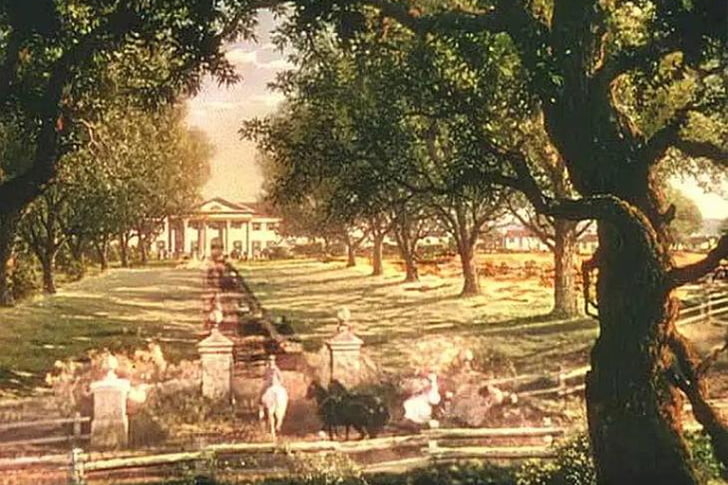
Majority of the filming was done at the Forty Acres studio backlot. Location scenes were photographed around Ventura County and Los Angeles. The Tara Plantation comprised of a facade made out of papier-mache and plywood on Selznick’s studio lot.
A matte oil painting is one of the notable movie props that made up the facade of Twelve Oaks, the Wilkes’ plantation. That is why the horse-drawn carriages somehow seem to disappear as they approach the screen. Lee Garmes, the principal cinematographer, was also replaced after filming a third of the production because the producers felt that his footage was “too dark.”
There Are Only Two Credited Cast Members Who Are Still Alive Today
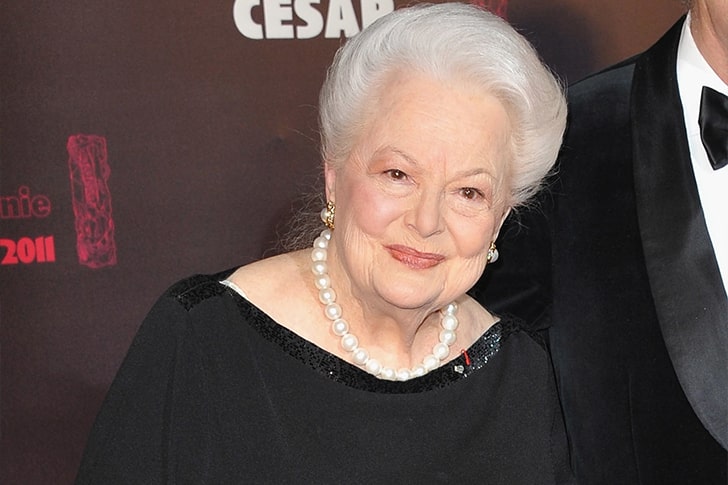
Eight decades is such a long time. Sadly, the majority of the film’s cast members have since passed away. Leigh died in 1967 at the age of 53 from lung-related health issues, while Gable died in 1960 at the age of 59 after battling with heart issues.
The only credited cast members who are still alive are Mickey Kuhn, who portrayed the part of Melanie Wilkes’ son, and Olivia De Havilland, who played the part of Melanie Wilkes. In 2019, De Havilland celebrated her 103rd birthday. Kuhn, who is now 86, volunteers four hours each week at a medical facility near his home in Naples, Florida.
Gary Cooper Believed The Film Would Flop
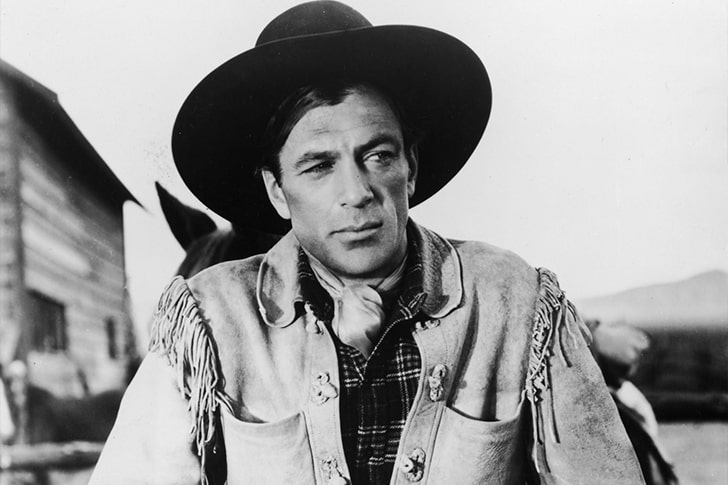
Actor Gary Cooper was amongst the list of actors who were considered for Rhett Butler’s part. He was under contract with Samuel Goldwyn Productions, who refused to allow him to take part in the production by Selznick International Pictures. Cooper, who was Selznick’s first choice, also turned down the role because he believed that it would flop.
He later said that it was one of the best roles he had ever turned down, and it’s because he doubted that he could pull it off. After seeing Gable’s delivery, he says that he made peace with his decision.
A Horse Featured On The Film Achieved TV Stardom
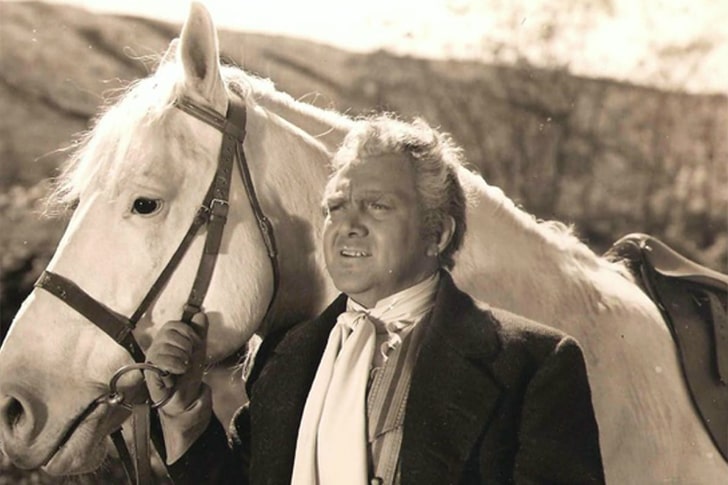
It's not only the human cast members who went on to achieve success after appearing in the film. The horse that belonged to the O’Hara patriarch, Thomas Mitchell, appeared as Silver on the TV series The Lone Ranger.
The horse appeared as the main character's white stallion from 1949 to 1954. It was only about two years old when it starred in Gone with the Wind. After its career in showbiz, the horse retired and would only return for headshots and close-ups. It then lived out its days at a southern California stable until its death.
Leigh Had Two Left Feet
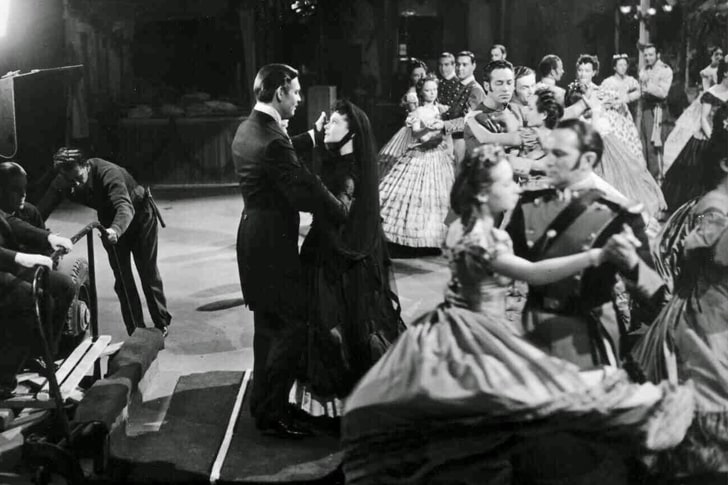
Leigh had two left feet, at least when it came to toe-tapping, and couldn’t dance. Therefore, for the dancing scenes, Sally De Marco stepped in as her double for the distant shots. Leigh had actually landed the role when filming had already commenced.
Alongside actress Paulette Goddard, she had her reading screen tests recorded in color. She also had a smoking habit and went through four cigarette packs during filming. Her co-star Gable also had a smoking habit. In his case, he went through as much as three packs of smokes every day.
Leigh Protested Fleming's Directing By Bringing The Book To Set
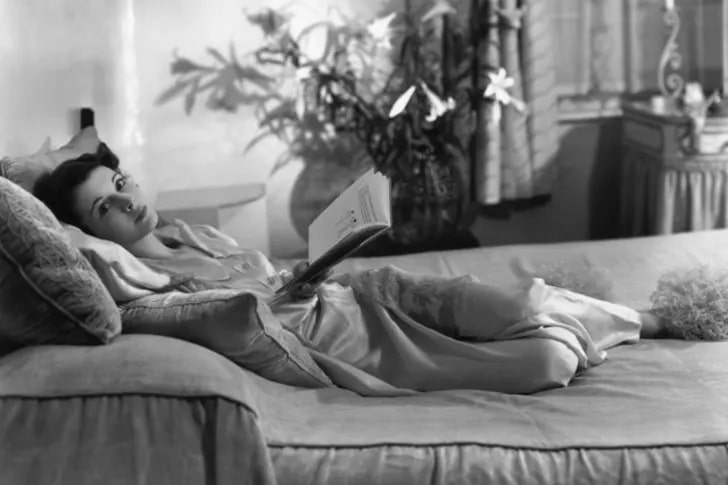
Gone with the Wind was an adaptation of writer Magaret Mitchell’s book of the same name. Most of the cast members naturally read the source material for inspiration, but Leigh took it a step further. She would turn up to set with a copy of the publication every day just to annoy Fleming.
She did it as a silent protest because she didn’t like Fleming’s directions. She recalled that Selznick eventually had to reprimand her about it, telling her to throw the book away. Cukor had filmed a few scenes before he was dismissed from the project, and he continued working with Leigh, who had been against his dismissal, in secret.
Writer Margaret Mitchell Died Ten Years Following The Film's Release
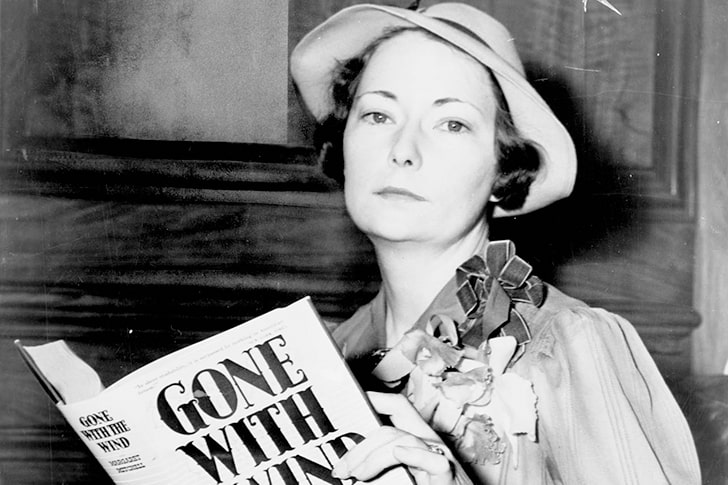
MGM and Selznick tried to convince Mitchell to work on a sequel for Gone with the Wind, but she refused up until her death. Mitchell was the victim of a car accident that happened in 1949, ten years after the film's release. She was crossing the street with her husband when a vehicle struck her.
She was 48 at the time and died five days after the incident without ever having written another novel. Stephens Mitchell, her brother, authorized a sequel as a joint venture between Universal Studios and MGM in 1975. It wasn’t until 1994 when the sequel was shot as a TV miniseries.
Gable Had Previously Been Part Of A Flopped Production
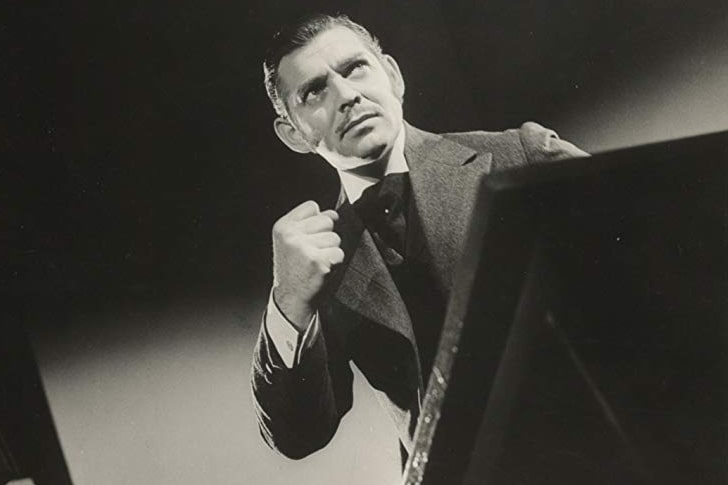
Gable feared being involved in another production that will eventually flop. He had initially appeared in a 1937 drama called Parnell, which proved to be a huge disappointment. Selznick managed to lock him down for the role of Rhett with a $50K bonus.
Gable enlisted in the military during World War II. After his discharge, he continued acting. He managed to maintain the status of a leading actor throughout his career, proving that his vulnerable role in Gone with the Wind didn’t hurt his career. He’s still considered amongst the most consistent performers at the box office and the seventh-greatest classic American actor.
Selznick Took Creative Liberties On Some Of The Cast's Ages
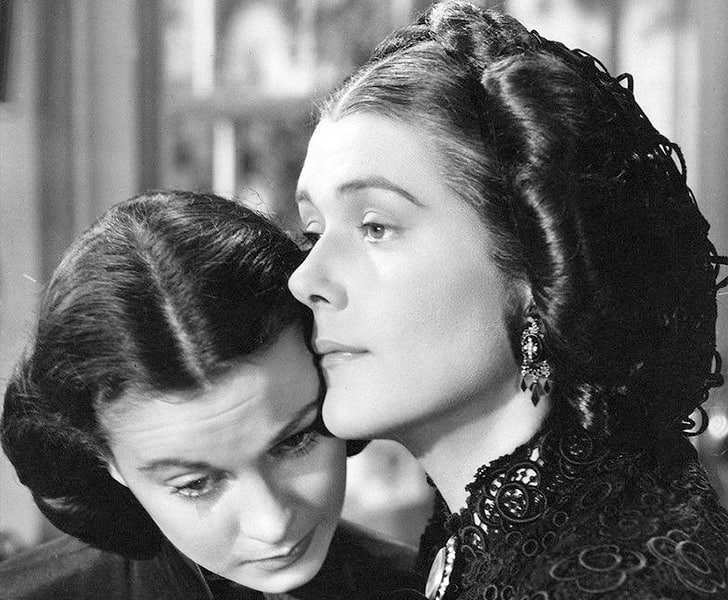
Selznick took a lot of creative liberties when it came to casting some of the roles without bias on age. Barbara O’Neil portrayed the role of Scarlett’s mother, Ellen O’Hara. She delivered a solid performance like most of the cast members, only that she was 28 at the time.
O’Neil was just three years older than Leigh, who also played the part of a 16-year-old girl in the film. Leigh started her acting career when she was just three, appearing in her mother’s amateur theatrical productions. She also continued to achieve success on the big screen, and her final film appearance was in the 1965 drama Ship of Fools.
The Story About Writing The Final Script Became The Premise Of A Play
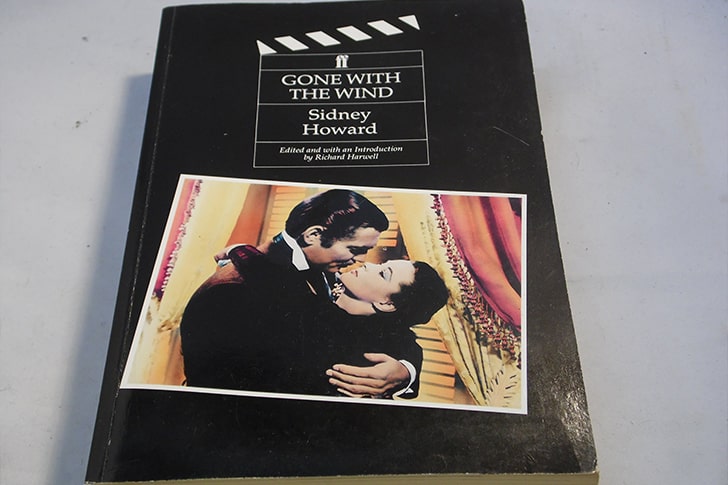
The screenplay went through several revisions with many writers enlisted for the task. They tried their best to shorten it so that the end product would have a suitable length for movie audiences. One of the criticisms about it is the fact that the final length ended up being 221 minutes.
Moonlight and Magnolia is a stage comedy that retells the story about the final rewrite of the screenplay. Selznick allegedly locked himself up with Ben Hetch, a script doctor, and Fleming in an office for seven days. He’s said to have also deprived his “captives” food except for peanuts and bananas because he believed that food would just slow down their creative process.
Three Directors Worked On The Production
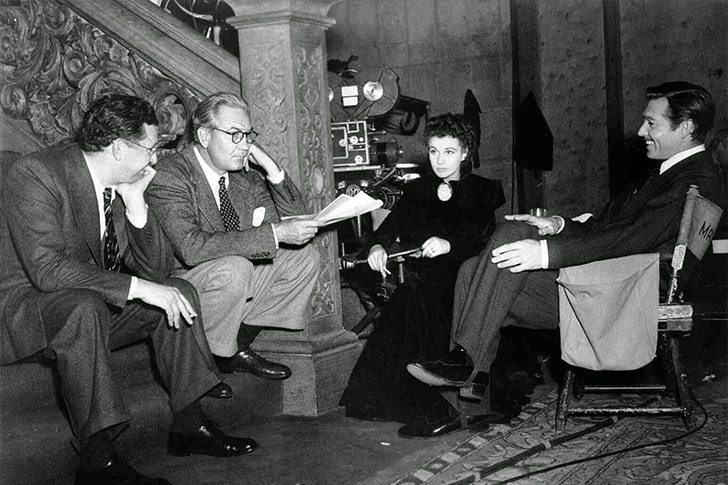
Cukor’s exit from the project is a well-known tale at this point, but the production ended up having three directors in total. Cukor’s dismissal was after the production went into its third week, and he had only worked for just nineteen days. Cukor had spent more than two years prior to the production developing the film, showing just how committed he was to the project.
Fleming stepped in after Cukor’s exit and worked for a total of ninety-three days. Sam Wood then took over from Fleming for a total of twenty-four days when Fleming temporarily left due to exhaustion.

